New York's Flex Dancers Test The Limits Of The Human Body
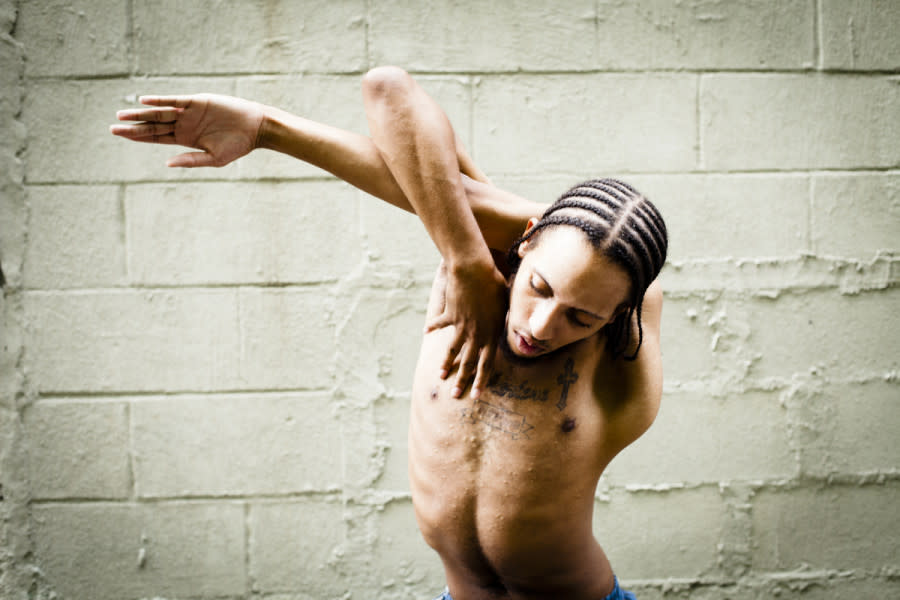
The dance craze known as Flex originated in 1990s Jamaica with a man named George "Bruk Up" Adams. Adams' nickname -- "Bruk Up" is Jamaican slang for broken -- pays tribute to his childhood bone infection, which gave way to the adrenalized jerks and jolts that characterized his movement.
Adams immigrated to New York in the mid '90s and brought his signature moves, like the crabwalk, the shoulder pop, and the ghost walk, along with him. He hypnotized the New York dancehall scene, blending his moves with those of New York's hip-hop-infused streets. Thus, the genre of Flex was born: part vogue battle, part contortionist spectacle, part freaky-beautiful bodily storytelling.
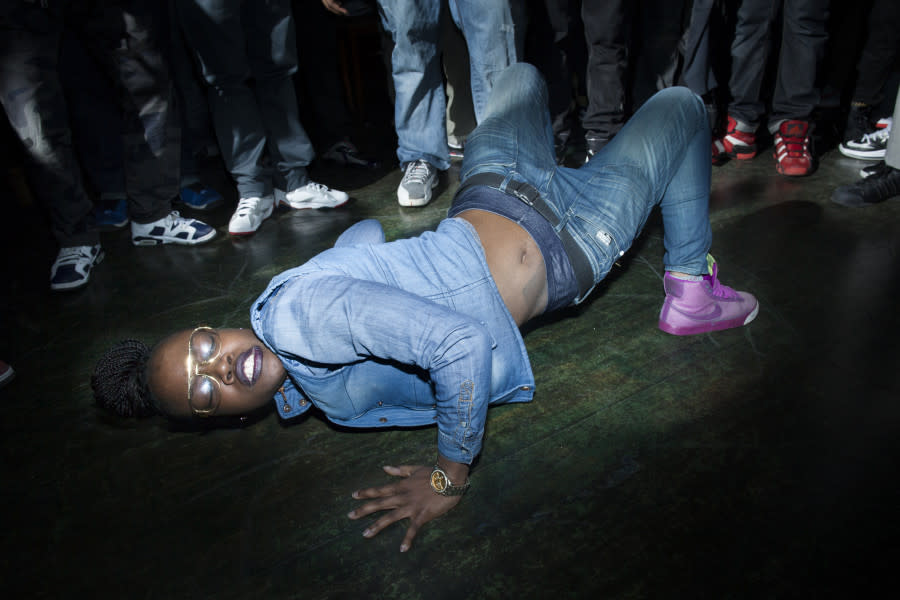
Love HuffPost? Become a founding member of HuffPost Plus today.
Photographer Deidre Schoo discovered the underground dance phenomenon by chance, after being blown away by a dancer named Storyboard Professor in Harlem. The Professor told Schoo about Battlefest, the primary destination for extreme Flex meet-ups. Soon after, a photography project came to be.
"The process could be rocky at times," Schoo explained to The Huffington Post. "These are kids, and they are sometimes hard to track down, and keep crazy hours. But I hung around for so long and just kept showing up that, eventually, I was accepted and my presence became the norm. Once that happened, it got fun. The dancers were ready to work with me and really enjoyed the attention."
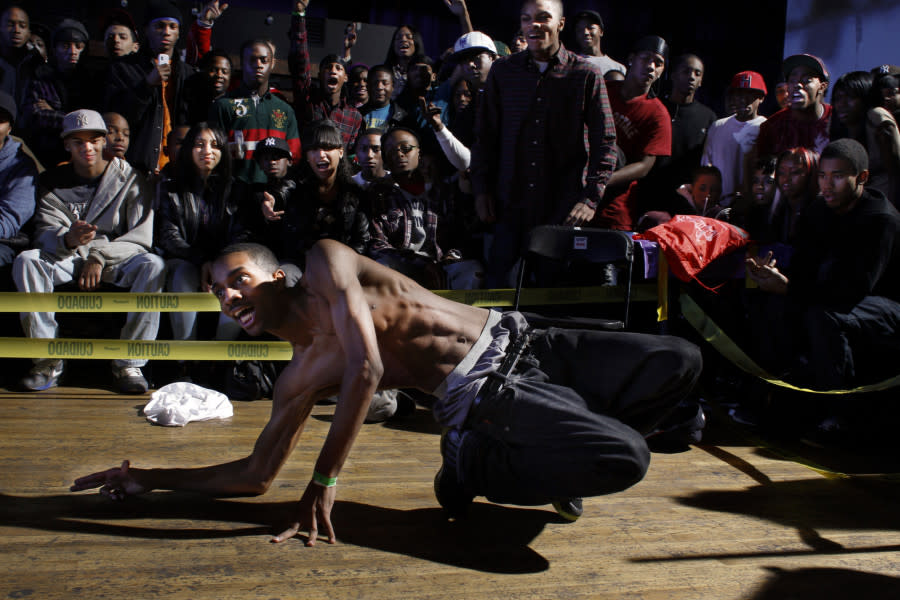
Beyond its visual magnetism, Flex provides a creative outlet for many young people who may not have access to or interest in the more conventional artistic establishments.
"Youth having creative support and an artistic outlet is paramount to evolution," said Schoo. "The Flex community comes from a hard neighborhood. They are self-organizing and mentoring, thereby creating hope and options in a place where gang violence and police brutality is commonplace. The Flex movement is progressive and a movement of supreme style, love, life, youth and exuberance."
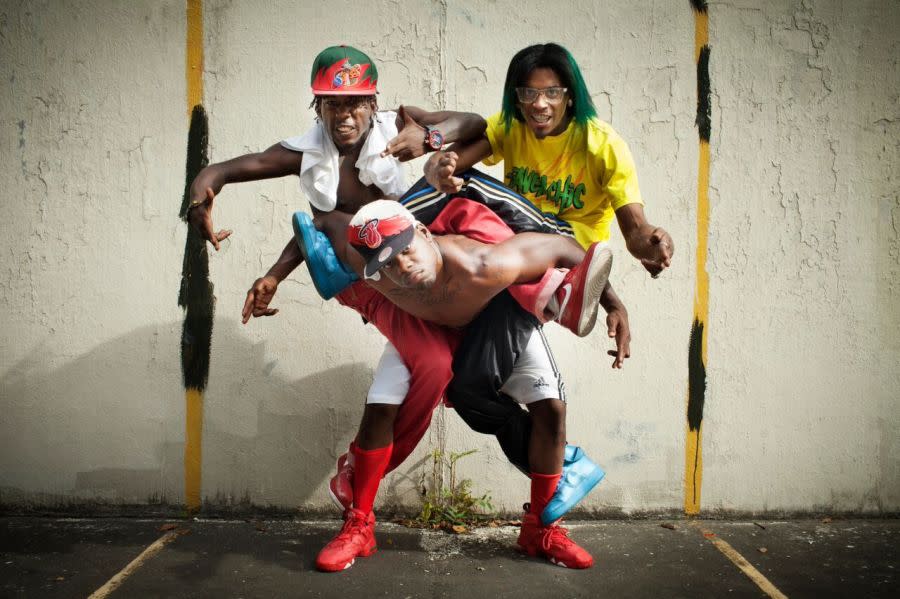
Along with Michael Beach Nichols, Schoo directed a documentary about the world of Flex titled "Flex Is Kings." Schoo's photographs and film capture moments of pure, almost impossible movement. With twisting limbs and popping bones, the dance routines look more like spiritual possessions or medical oddities than traditional choreographed movements.
Whether captured via photography or video, Flex is utterly hypnotic, almost fantastical. "Watching Flex is like being transported to another universe," Schoo said to Feature Shoot, "where the hardship and monotony of daily life fades to reveal the bare, glittering bones of what makes us human. All body types and all ages are celebrated, and the dancers’ joy is infectious; in the intensity of Battlefest, suggests the photographer, all arguments are smoothed over and hidden truths disclosed against the beat of the music."
Take a look at the action-packed dance universe.
Misty Copeland
![Misty Copeland became the third African American female soloist at the American Ballet Theater back in 2007. Since then, she's spoken openly about racism in the dance world. "[Ballet is] such a traditional and historic art form that people are afraid to change it," she said in an interview with New York Magazine. "But I think it has to if it’s going to last in the world we live in today. It's hard to change someone’s ideas when they might not even really consciously know that they’re being racist, or have racist ideas, just because ballet has been this way for hundreds of years." <br> Her new Under Armor ad has been making waves online, effectively conveying a contemporary interpretation of what it means to be a ballerina.](https://s.yimg.com/ny/api/res/1.2/n7IvqHK2iVWpslyg3W4nrA--/YXBwaWQ9aGlnaGxhbmRlcjt3PTk2MA--/https://img.huffingtonpost.com/asset/559d18751300006710a59e68.jpg)
Her new Under Armor ad has been making waves online, effectively conveying a contemporary interpretation of what it means to be a ballerina.
Yuan Yuan Tan
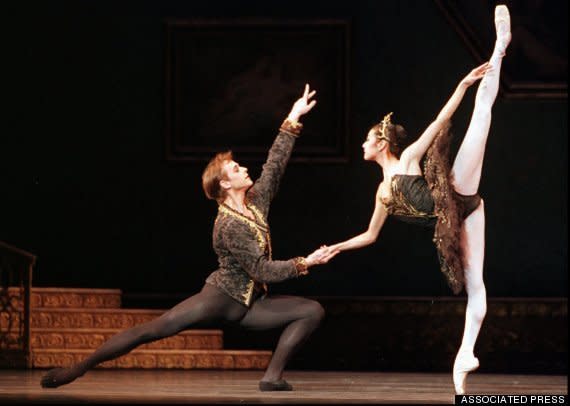
Shannon Harkins
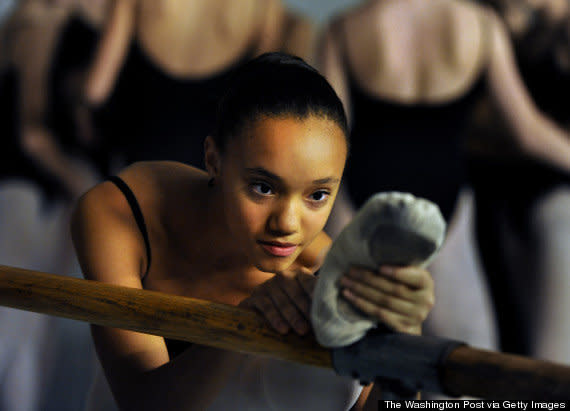
Desmond Richardson
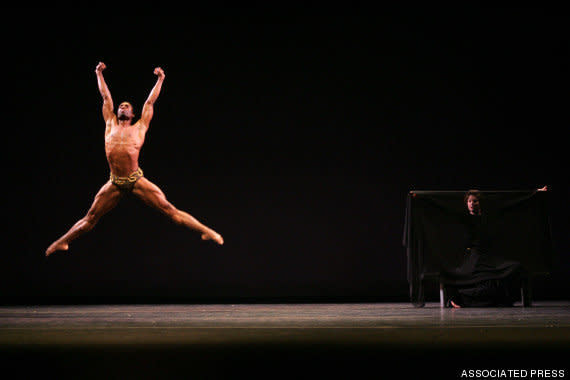
Natalia Osipova
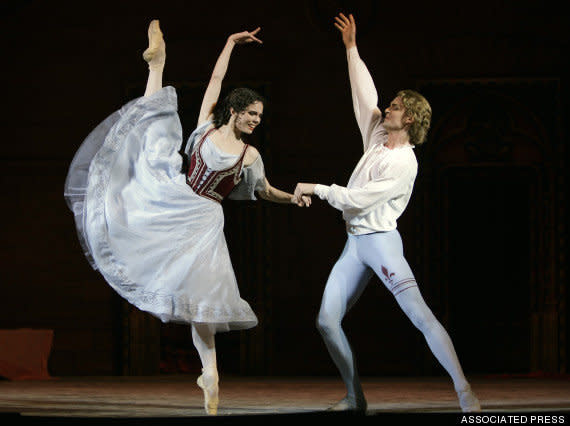
Osipova's attitude eschews the celebrity of a glamorous field, and we can't help but love her progressive tone.
Chehon Wespi-Tschopp
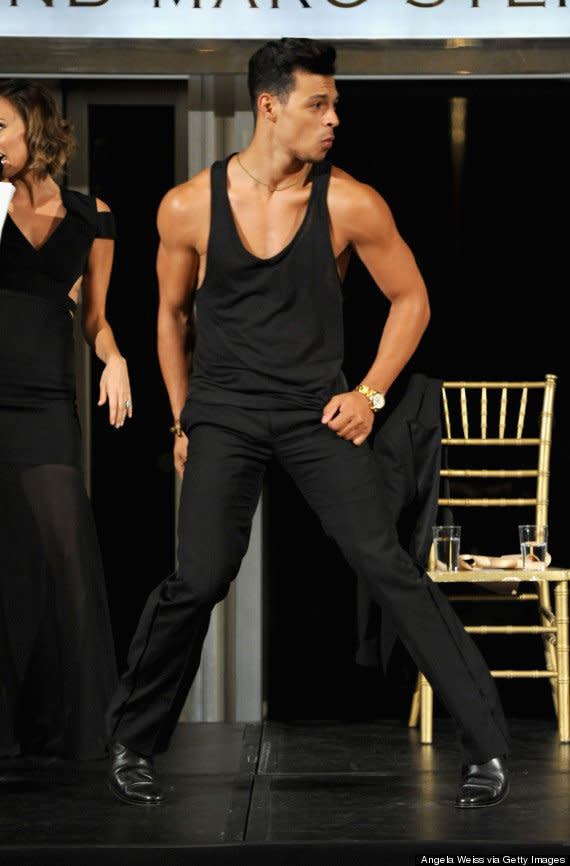
José Manuel Carreño
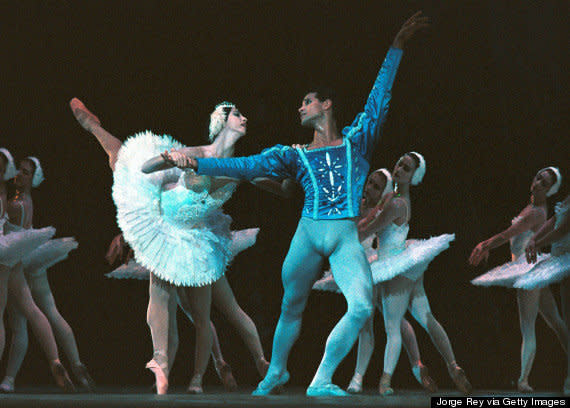
Wendy Whelan
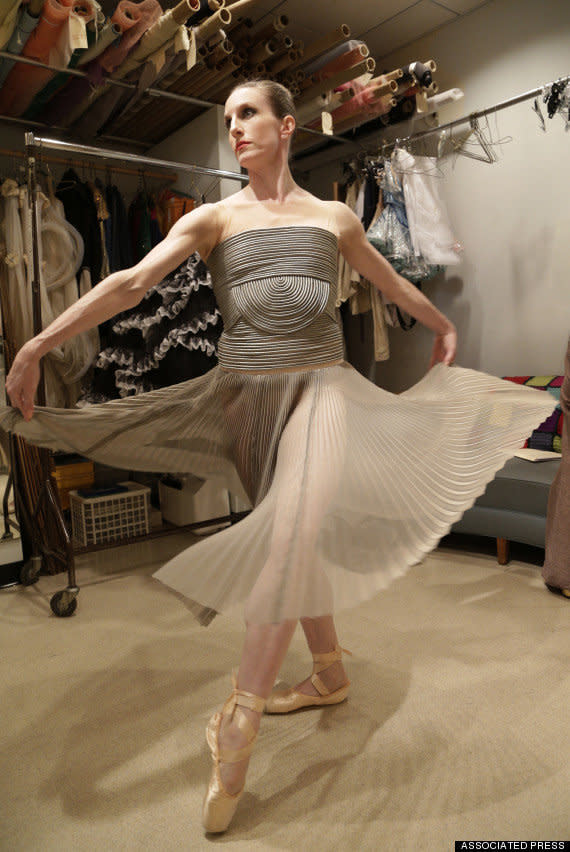
After 30 years at the New York City Ballet, the principal dancer will bid her adieu this October, with plans to continue dancing with the likes of Edward Watson and the folks at Manhattan's City Center.
Cassa Pancho
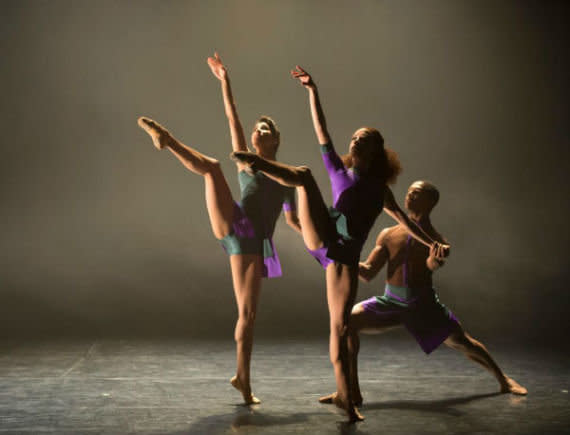
"All through ballet school I was really aware of the lack of black people around me," she explained to The Guardian. "So for my dissertation I thought I would interview black women working in ballet and see what they had to say –- but I couldn't find a single black woman working in ballet, and that really stunned me. When I graduated, I decided, very naively, to do something about it myself."
You can read more about Cira Robinson, Damien Johnson and Sayaka Ichikawa -- all senior artists at Ballet Black -- here. (Photo of the company by Bill Cooper.)
Sylvie Guillem
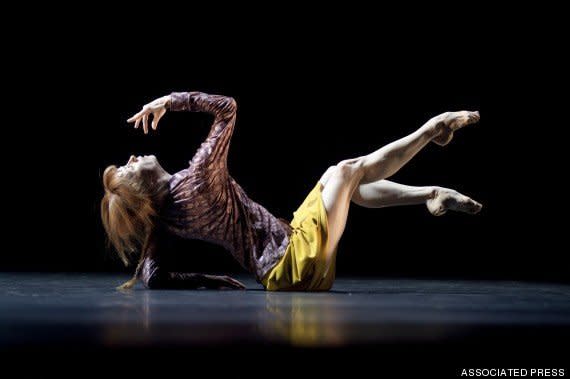
Shiori Kase
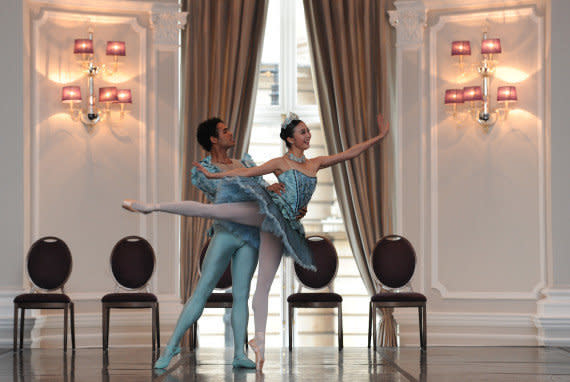
Michaela DePrince
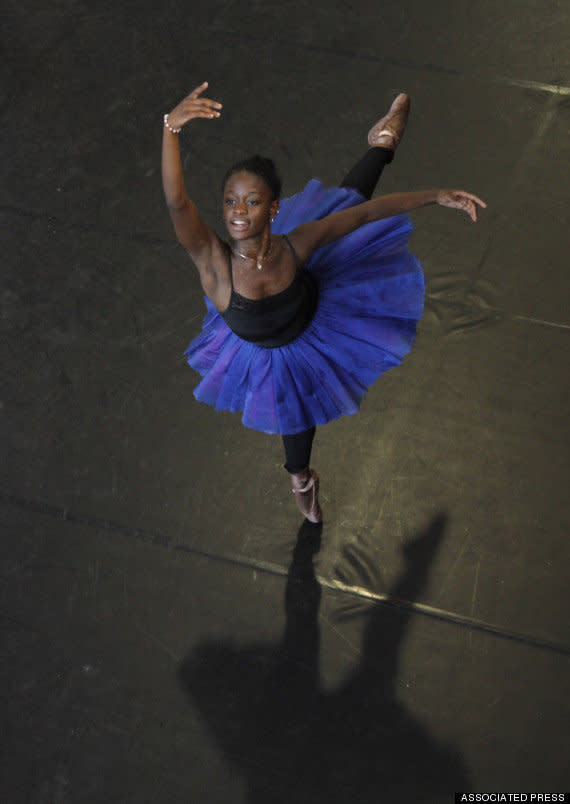
This article originally appeared on HuffPost.

